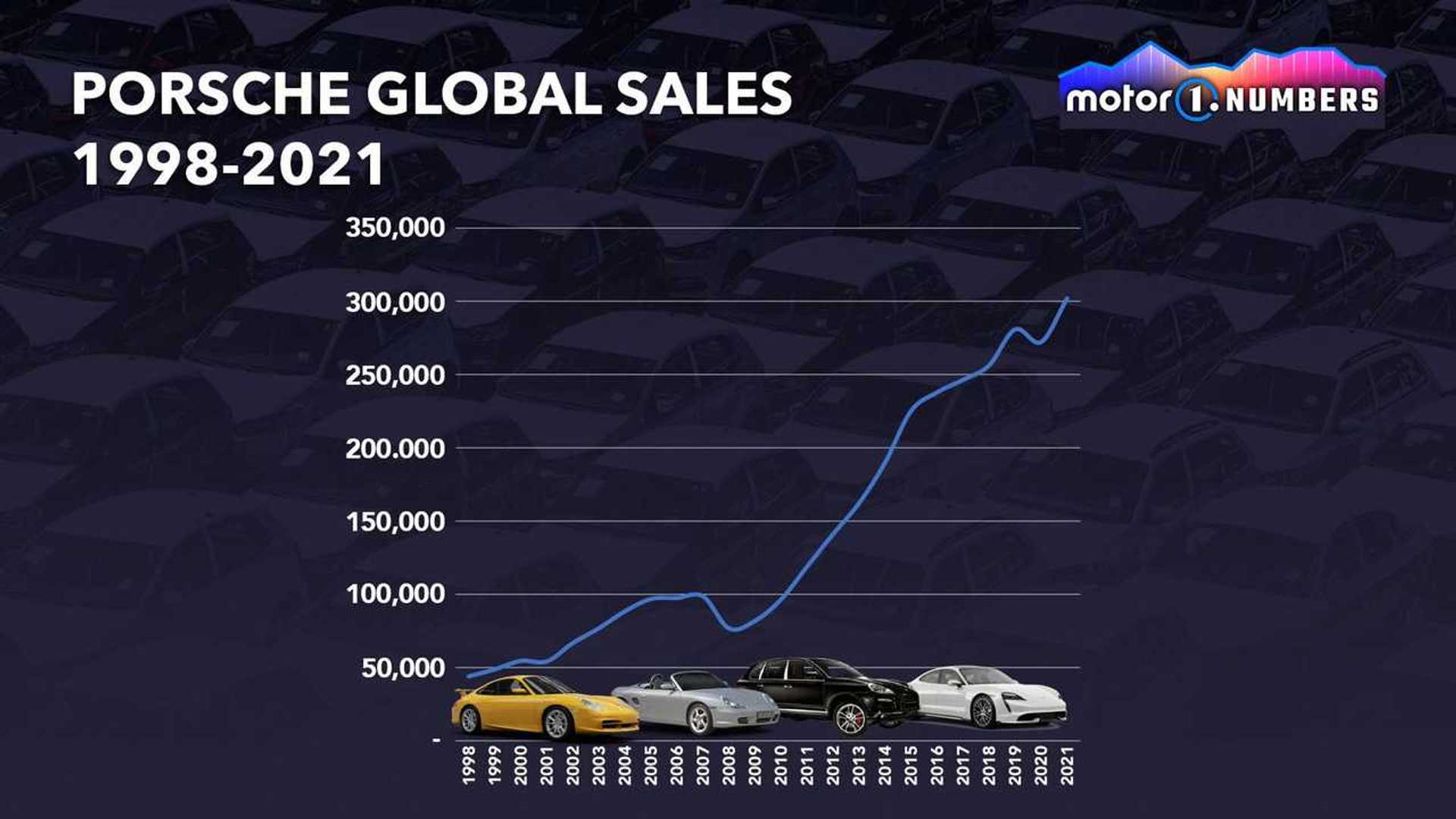Navigating The Chinese Market: The Case Of BMW And Porsche

Table of Contents
Understanding the Unique Dynamics of the Chinese Automotive Market
The Chinese automotive market is far from monolithic. Success requires a nuanced understanding of its diverse aspects.
Consumer Preferences and Trends
Chinese consumers, particularly in the luxury segment, have unique preferences:
- Luxury and Status: Luxury brands hold significant appeal, symbolizing success and social standing. This translates to higher demand for premium features and sophisticated designs.
- Electric Vehicles (EVs) and New Energy Vehicles (NEVs): The Chinese government strongly promotes EVs and NEVs, leading to increasing consumer interest and a growing market share for these vehicles. Understanding the specific technological preferences within this segment is vital.
- Technology and Connectivity: Chinese consumers are tech-savvy and expect advanced features like in-car entertainment systems, driver-assistance technologies, and seamless connectivity. Integration with popular Chinese apps is a critical differentiator.
- Brand Reputation and After-Sales Service: Building trust and a strong reputation is paramount. Excellent after-sales service, including readily available parts and skilled technicians, is crucial for maintaining customer loyalty within the competitive Chinese market.
- Social Media Influence: Online reviews and social media platforms wield immense influence on purchasing decisions. Active engagement and positive online presence are essential for success.
Regulatory Landscape and Government Policies
The Chinese automotive market is heavily regulated, demanding careful navigation:
- Import Regulations and Tariffs: Understanding and complying with complex import regulations and tariffs is essential to avoid delays and additional costs. Strategic partnerships can help mitigate these challenges.
- Government Incentives for EVs and NEVs: The government offers various incentives to promote the adoption of EVs and NEVs. Leveraging these incentives can significantly impact profitability and market penetration.
- Emission Standards: China has stringent emission standards, requiring manufacturers to invest in cleaner technologies and comply with evolving regulations.
- Local Content Requirements and Joint Ventures: Joint ventures with local partners are often necessary to meet local content requirements and gain access to the domestic market. This requires careful selection of partners and understanding of local business practices within the Chinese market.
- Evolving Policies: The regulatory landscape is dynamic, requiring continuous monitoring and adaptation to changing government policies and regulations.
BMW's Strategy in the Chinese Market
BMW's success in China is a testament to its effective strategy.
Localization and Product Adaptation
BMW has successfully localized its offerings:
- Tailored Models: BMW offers models specifically designed to meet Chinese consumer preferences, including variations in features and specifications.
- Local Production: Through joint ventures, BMW produces vehicles locally, reducing costs and improving responsiveness to market demands. This also helps navigate the complexities of the Chinese market.
- Diverse Model Range: BMW offers a broad range of models catering to different segments and price points within the Chinese market, ensuring wide appeal.
Marketing and Branding
BMW employs a sophisticated marketing approach:
- Digital Marketing: BMW leverages digital marketing channels, including social media and online advertising, to reach Chinese consumers effectively.
- Influencer Marketing: Collaborations with key influencers and celebrities help build brand awareness and credibility.
- Culturally Relevant Messaging: Marketing campaigns are adapted to resonate with local culture and values, enhancing consumer engagement.
- Consistent Brand Image: BMW maintains a consistent global brand image while incorporating elements that appeal specifically to the Chinese market.
Porsche's Strategy in the Chinese Market
Porsche's approach focuses on exclusivity and brand prestige.
Focusing on Exclusivity and Brand Prestige
Porsche maintains its premium positioning:
- High-Performance Vehicles: Porsche emphasizes its heritage of high-performance sports cars, appealing to discerning consumers seeking exclusivity.
- Unique Experiences: Porsche creates unique customer experiences, including exclusive events and driving experiences, to build brand loyalty.
- Premium Dealership Network: Investing in high-quality dealerships and exceptional after-sales service is vital to maintain the brand's premium image.
Digital Engagement and Customer Experience
Porsche leverages technology for customer engagement:
- Online Platforms: Porsche utilizes online platforms and social media to connect with potential buyers and build brand awareness within the Chinese market.
- Personalized Experiences: Providing personalized customer experiences tailored to individual needs strengthens customer relationships.
- Technology Integration: Porsche employs technology to enhance customer satisfaction and loyalty, creating a seamless and enjoyable ownership experience.
Key Lessons for Businesses Entering the Chinese Market
Successfully entering the Chinese market requires a multi-faceted approach:
- Thorough Market Research: Conduct comprehensive market research to understand consumer preferences, trends, and competitive dynamics within the Chinese market.
- Localization: Adapt products, services, and marketing messages to resonate with local culture and preferences.
- Strategic Partnerships: Build strong relationships with local partners, including distributors, suppliers, and government agencies.
- Digital Marketing: Utilize digital marketing strategies to effectively reach Chinese consumers through various social media platforms.
- Exceptional Customer Service: Prioritize excellent customer service and after-sales support to build trust and loyalty.
Conclusion
Successfully navigating the Chinese market requires a deep understanding of its unique dynamics, including consumer preferences, government regulations, and cultural nuances. Both BMW and Porsche demonstrate the importance of localization, targeted marketing, and exceptional customer service in achieving success. By learning from their experiences, businesses can develop effective strategies to tap into the immense potential of this vital market. Ready to conquer the challenges and unlock the opportunities presented by the Chinese market? Begin your research today and develop a comprehensive strategy for success.

Featured Posts
-
 Understanding The Karen Read Case A Timeline Of Key Events
Apr 22, 2025
Understanding The Karen Read Case A Timeline Of Key Events
Apr 22, 2025 -
 Assessing The Impact Of Tariffs On Chinas Exports
Apr 22, 2025
Assessing The Impact Of Tariffs On Chinas Exports
Apr 22, 2025 -
 Months Long Lingering Of Toxic Chemicals After Ohio Train Derailment
Apr 22, 2025
Months Long Lingering Of Toxic Chemicals After Ohio Train Derailment
Apr 22, 2025 -
 Middle Managers The Unsung Heroes Of Business And Employee Development
Apr 22, 2025
Middle Managers The Unsung Heroes Of Business And Employee Development
Apr 22, 2025 -
 Hollywood Strike Actors Join Writers Bringing Production To A Halt
Apr 22, 2025
Hollywood Strike Actors Join Writers Bringing Production To A Halt
Apr 22, 2025
